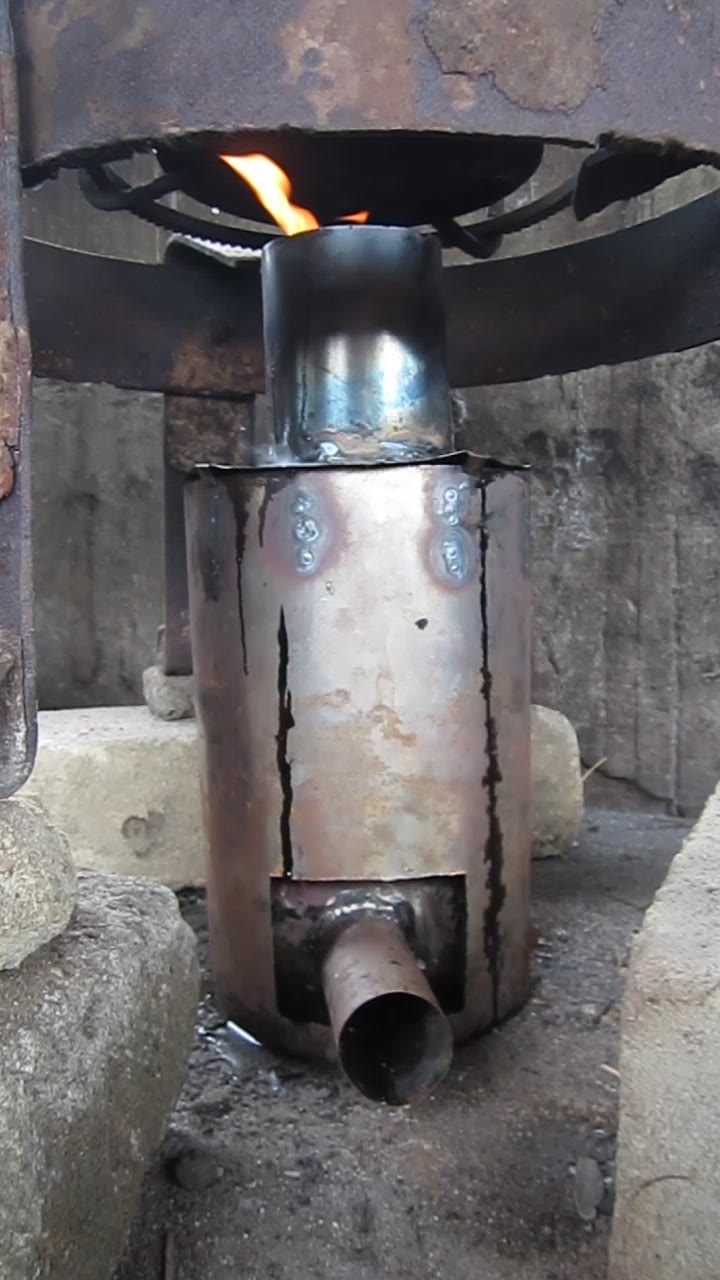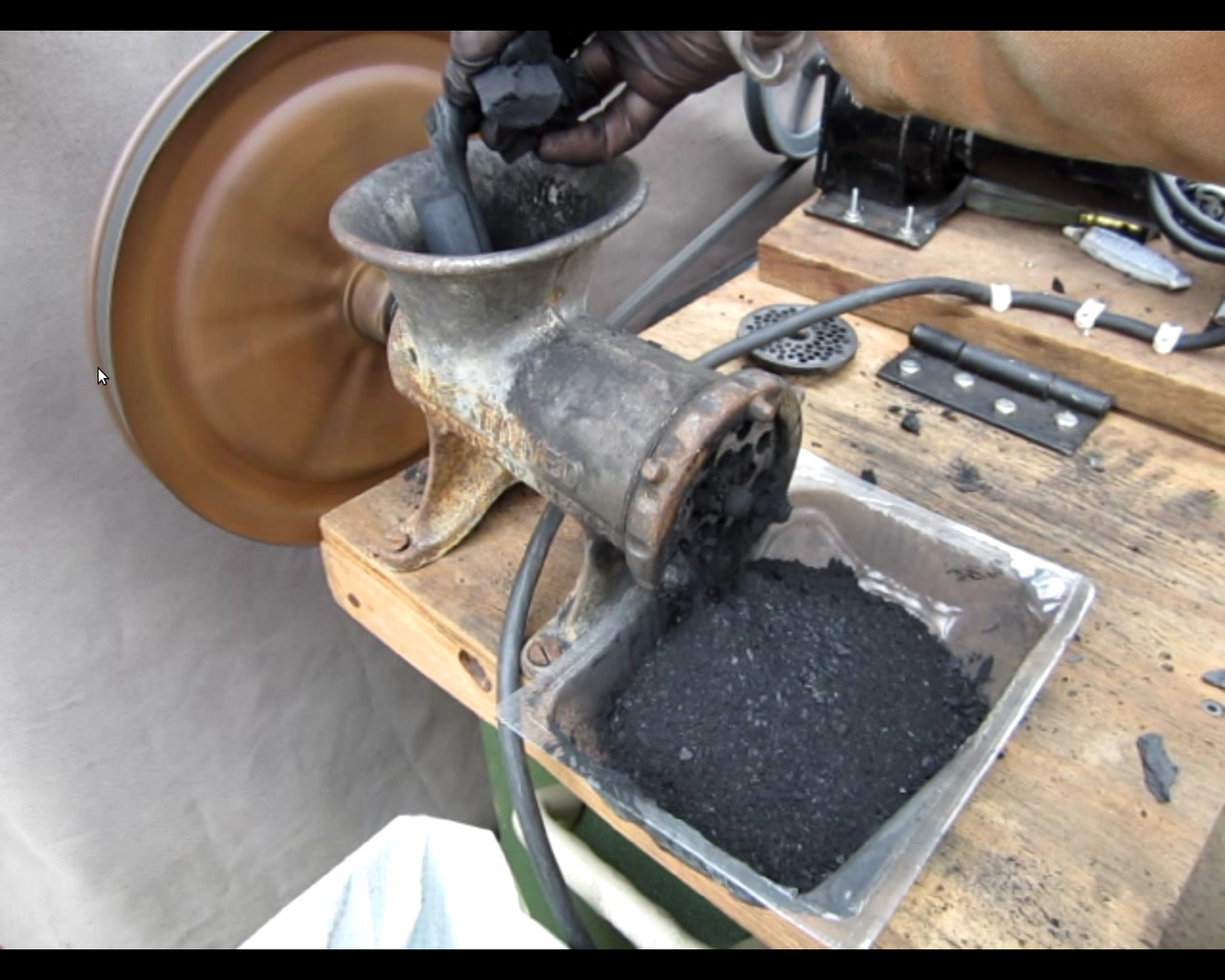Improving Biomass Stoves
Most households
throughout the world cook over open fires with a pot balanced on
three stones or a simple metal stand. Though cheaply constructed
and often fueled with freely collected wood, these cooking
practices carry a high cost to health and environment because of
poor fuel combustion, harmful emissions, and
deforestation. In the developed world gas and electricity has
displaced biomass as a cooking fuel, improving the cooking
environment and relieving pressures on forests, though not
emission free. Gas and electricity have not displaced biomass as
a cooking fuel in developing communities because of high up
front costs of cooking stoves and fuel/electricity, and the lack
of infrastructure needed to deliver these commodities. Gasifying
stove technology provides a feasible alternative to burn
collected biomass with very low emissions and only moderate
investment in locally manufactured stoves.
Gasifying Stoves
Democratek has
undertaken work to evaluate the utility of several open-source
gasifying stove designs in African field locations, made subtle
changes to the most promising design, added new electrical
generating capabilities, and explored alternative fuel stocks
and fuel loading practices to increase the stove's
versatility.


